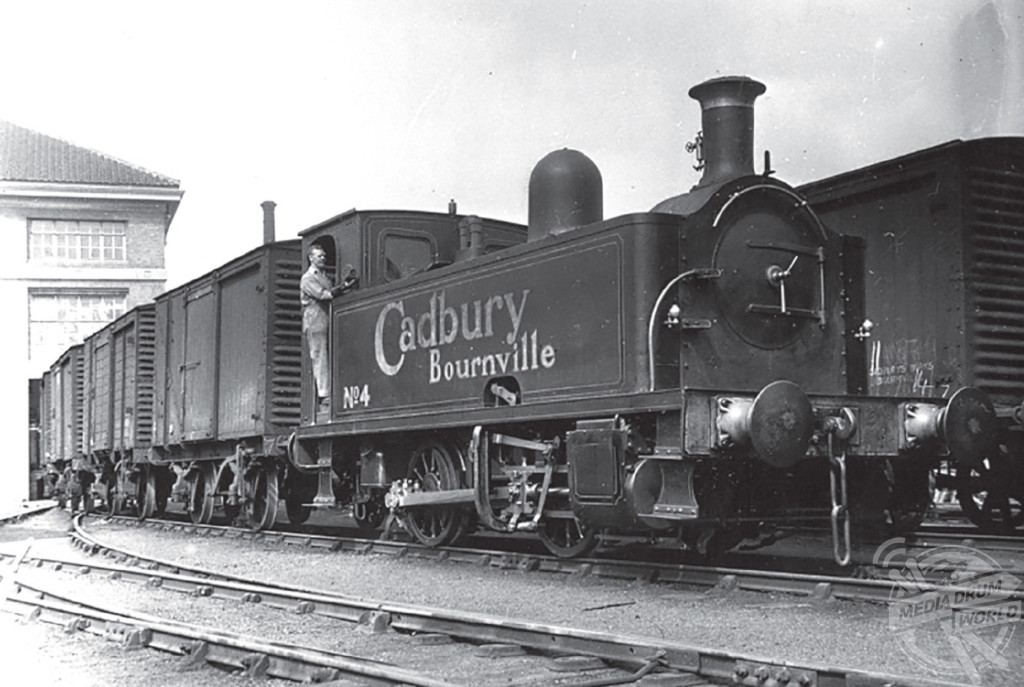
By Alex Jones
STUNNING photos exploring the history of the UK’s favourite chocolate manufacturer which spans almost two-centuries and how it paved the way for a worker’s utopia have been unveiled in a new book.
Remarkable shots document how Cadbury’s rose from a single shop in Birmingham to a global empire.
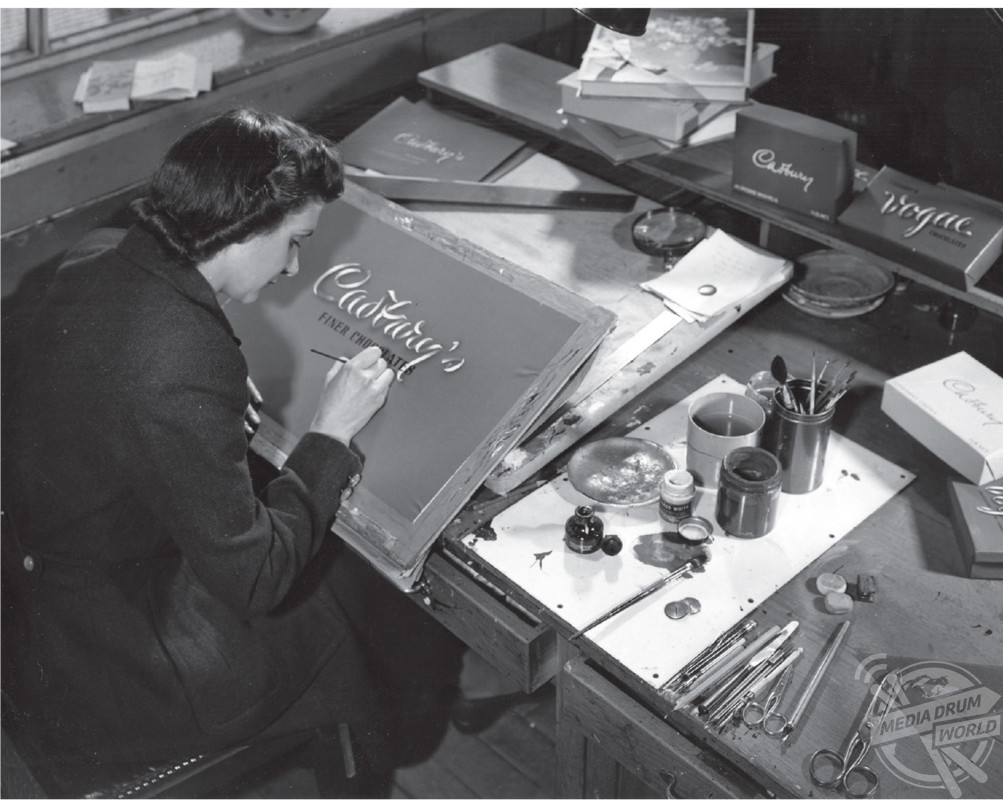
Rarely seen photographs depict the men who made Cadbury’s first mass produced drinking chocolate in the confectionary maker’s first warehouse, a group of skilled women decorating delicious Easter eggs in the late 19th century, and a designer crafting one of Cadbury’s instantly recognisable chocolate box covers.
Other revealing images show workers enjoying the plush surroundings of the Bournville – a clean-cut ‘factory in a garden’ created by Cadbury’s for the benefit of their staff. A happy workforce can be seen participating in a Swedish exercise class, the women’s team lining up for a game of football and nervous youngsters preparing to learn to swim.
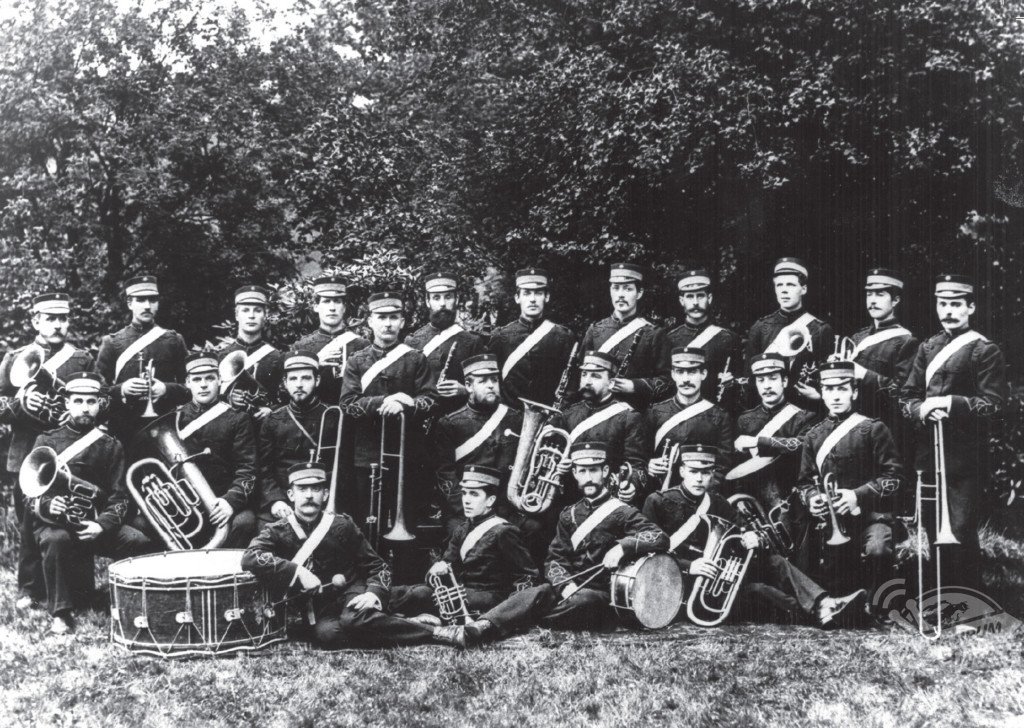
The incredible photos are included in Diane Wordsworth’s latest book, A History of Cadbury, which gives a fascinating insight into the social impact this company has had since its inception, both on the chocolate business and on the community at large.
“The Cadburys as a family did much for social welfare and reform,” explained Wordsworth.
“Cadbury’s as a firm did the same for their workers.
“Some may think the business was too patriarchal – and in today’s climate they would probably be correct – but what this company did for workers’ welfare in the middle of the nineteenth century and beyond should be held up as a model.
“The company and the family believed that a happy healthy workforce meant a happy healthy business.
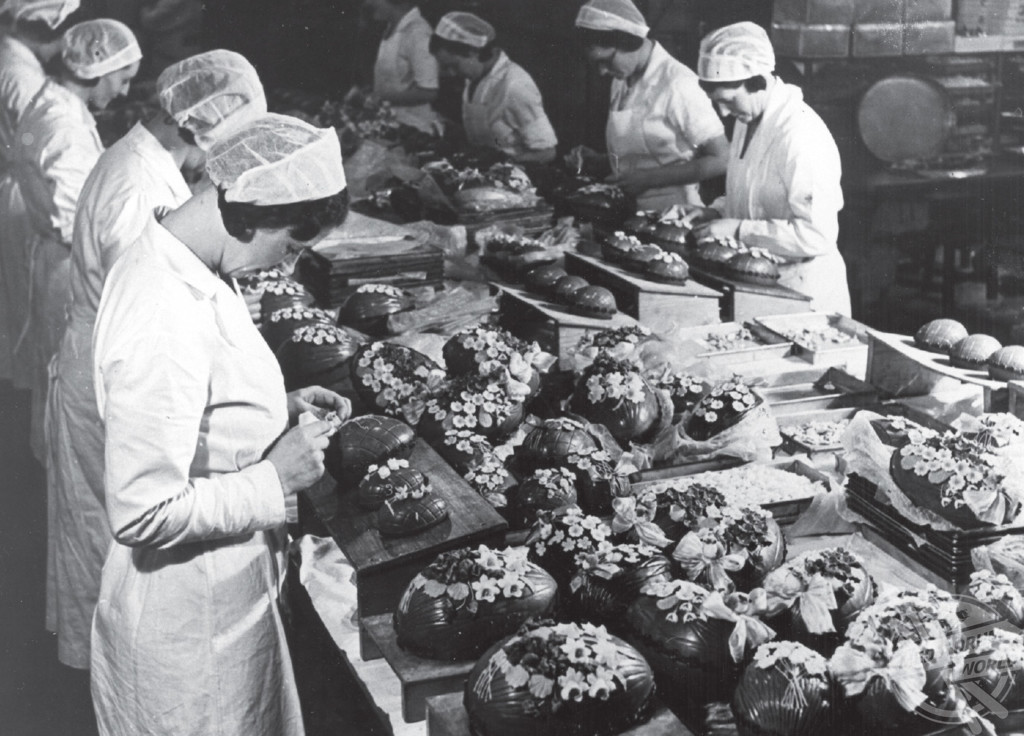
“The fact that the firm is still here today, almost 200 years later, speaks for itself.”
In 1824, John Cadbury bought a shop on Bull Street in Birmingham with money given to him by his father, who owned the shop next door.
Alongside tea and coffee, John also sold cocoa beans which he turned into drinking chocolate. He saw the drink as a healthy alternative to alcohol – something John, being a Quaker, was keen to encourage.
His clientele agreed and the company grew exponentially in the 19th century under the stewardship of his sons, constantly expanding their range of drinking chocolates, the size of their business premises, and producing their first chocolate bar and Easter eggs in the 1870s.
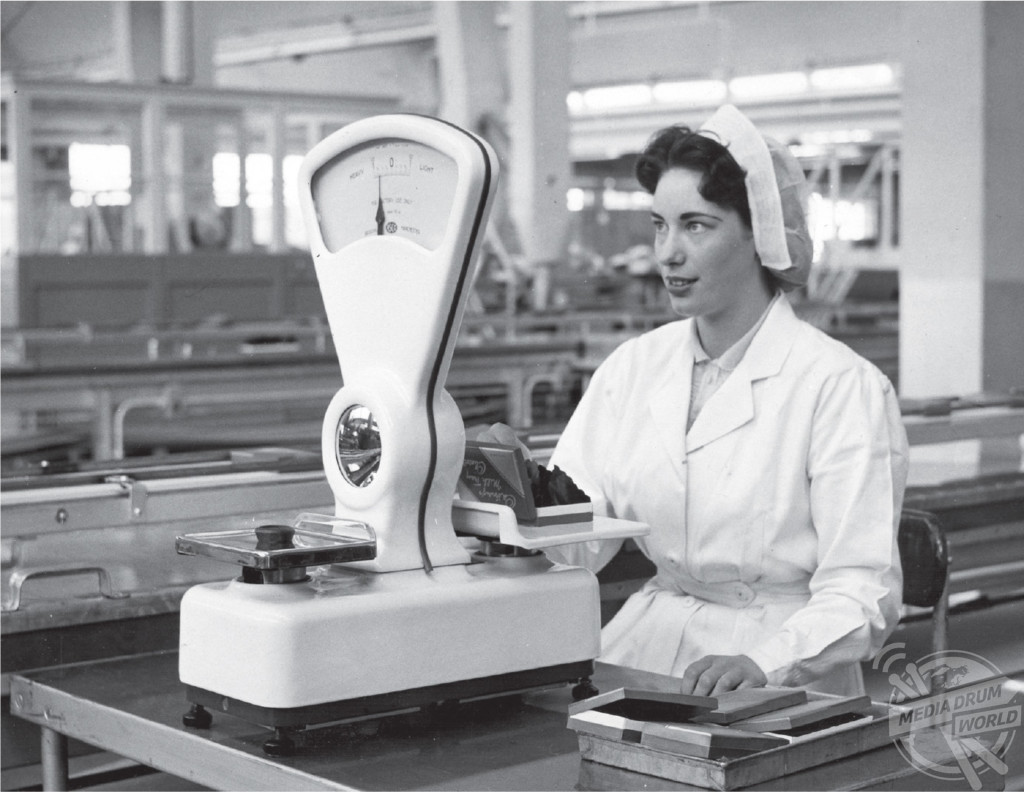
In 1878, the chocolatiers grew tired of operating in the slums of Birmingham and purchased a small greenfield site about four miles south of the city centre. The spectacular site comprised of a meadow with a picturesque trout stream called ‘The Bourn’.
Their ‘factory in a garden’, known as Bournville, was born.
“By 1879, the factory in Bridge Street was deemed unsuitable, and not just because of its small size,” explained Wordsworth.
“The location of the factory also caused the brothers some discomfort.
“As committed Quakers and members of the Society of Friends, they believed in providing a workplace in pleasant surroundings away from the dirt, grime and overcrowding of what had now become a small city.
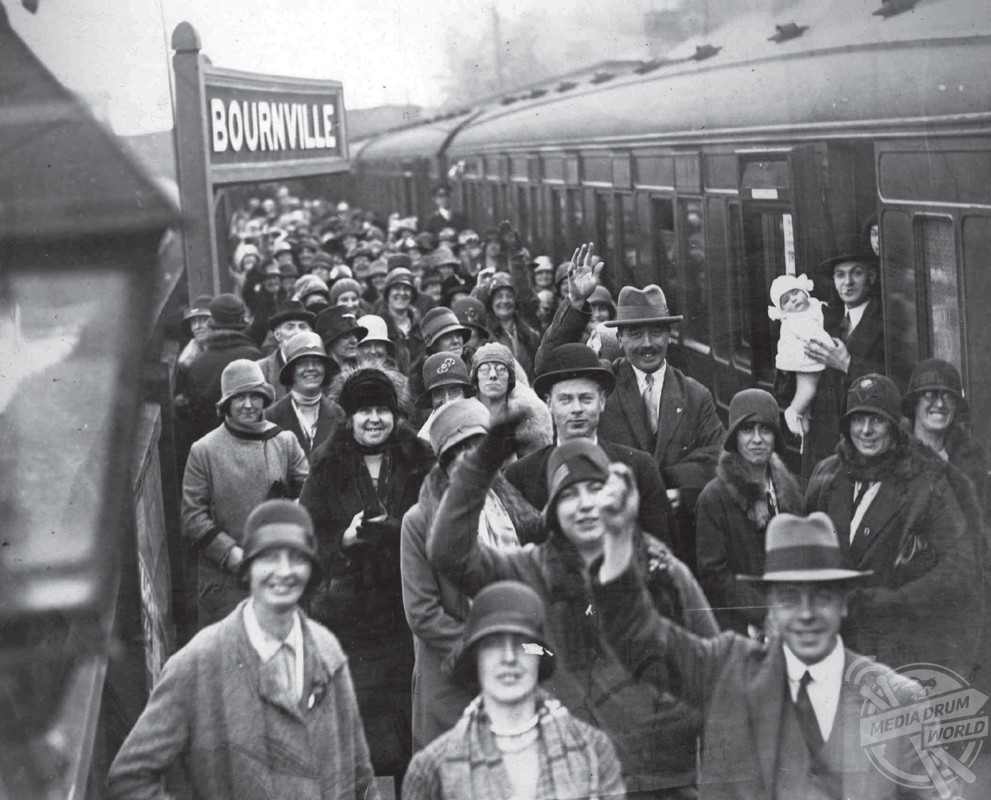
“Enter the new premises at Bournville – a town that didn’t even exist until the Cadburys moved their chocolate factory there.
“And it wasn’t just a factory – it became a way of life, with green fields, habitable housing and good working conditions.
“Very good working conditions that any company today would be proud of.”
Alongside semi-detached cottages with gardens for the workers, there was a field next to the factory where men and could play cricket and football; a garden and playground for the girls; and proper welfare provisions.
Over the years, sports facilities grew to include hockey, tennis, squash and bowling facilities.
Eventually, swimming pools were built with everyone in Bournville taught how to swim.
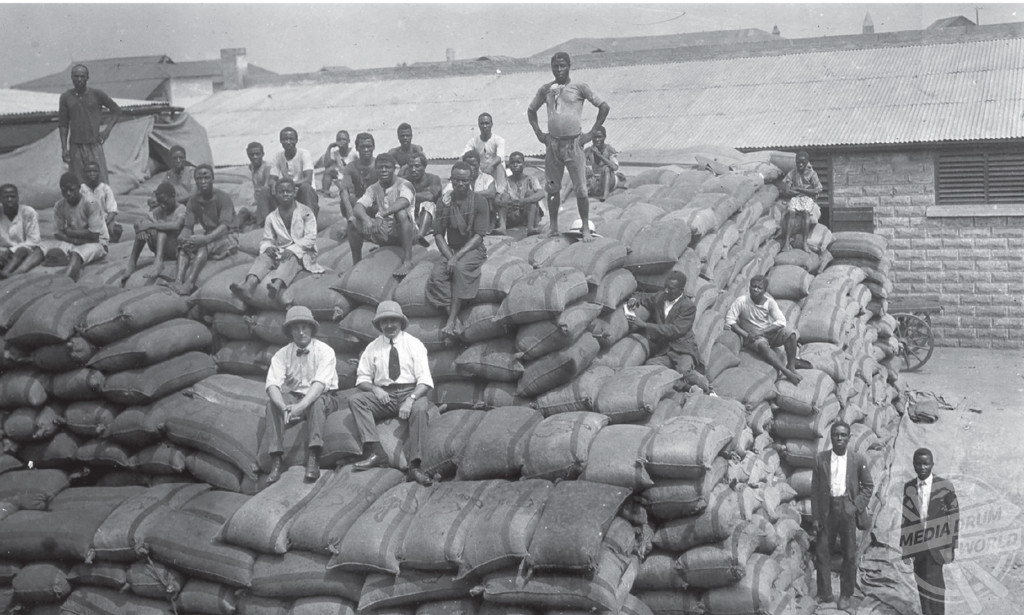
Staff days out were common, and for workers living outside of Bournville, Cadbury’s negotiated reduced train fares with the local railway company. Education was made available for everyone and the company actively encouraged vocations outside of their business interest.
A habitat of virtuous living, no pub was allowed in Bournville, a rule which still applies today.
Nowadays, Bournville contains 7,800 homes on 1,000 acres of land with 10 per cent of the land dedicated to parks and open spaces. It remains a popular residential area of Birmingham.
In 2009, the American food company Kraft Foods launched a hostile takeover bid that was initially resisted by the board at Cadbury’s.
Despite protestations, the American company won their bid. Although initially promising that British factories would be kept open, Kraft closed the Somerdale factory in Bristol (formerly owned by Fry’s) in 2011.
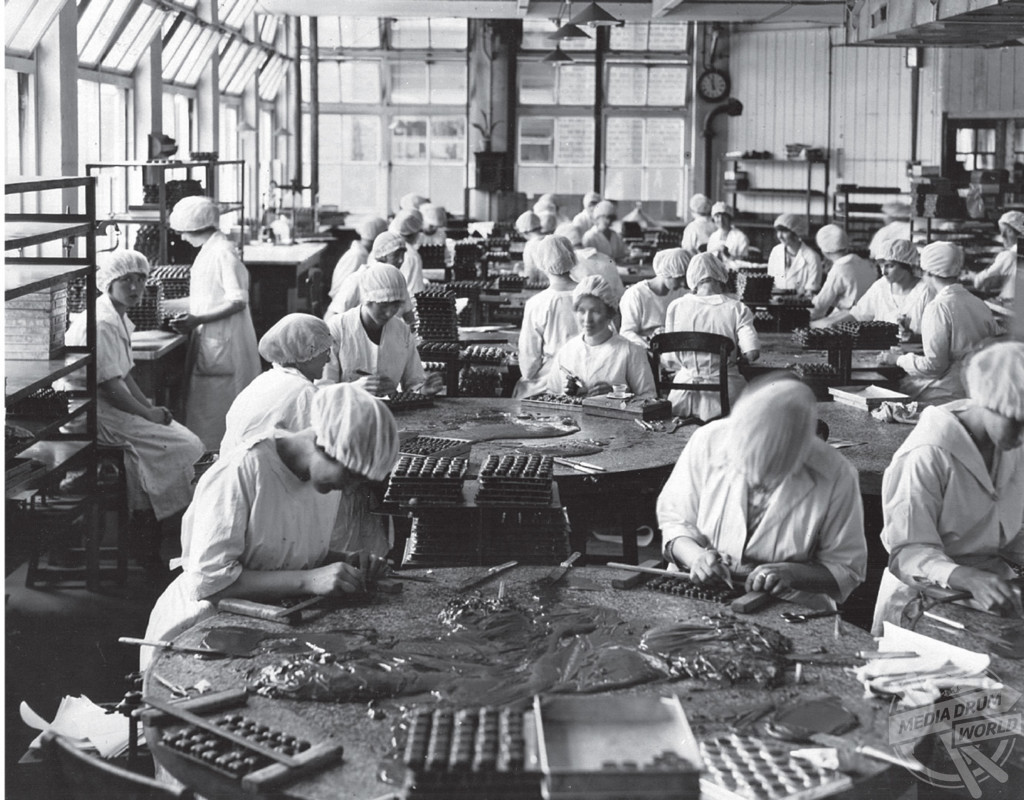
Following its successful takeover Kraft named the spin-off company Mondelēz International in 2012. In 2016, Mondelēz came under fire for not keeping its promise to continue making chocolate at Bournville. Instead, it moved some of its manufacturing to Poland.
But following a £75 million investment in the Birmingham plant, it looks as though they have made a new promise to return Cadbury’s Dairy Milk to the UK.
In 2018, Cadbury Dairy Milk was crowned as Britain’s favourite chocolate bar, proving the confectionary’s lasting appeal.
Diane Wordsworth’s A History of Cadbury, published by Pen and Sword Books, is available here.






